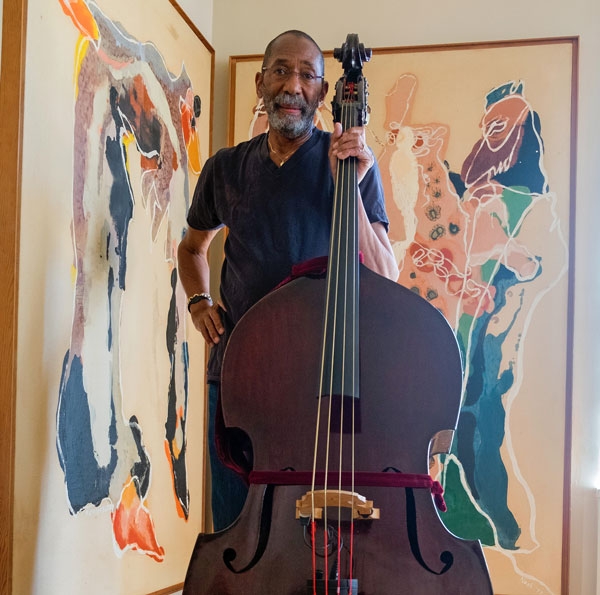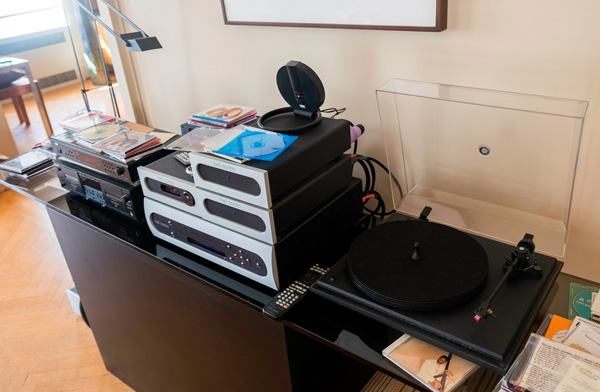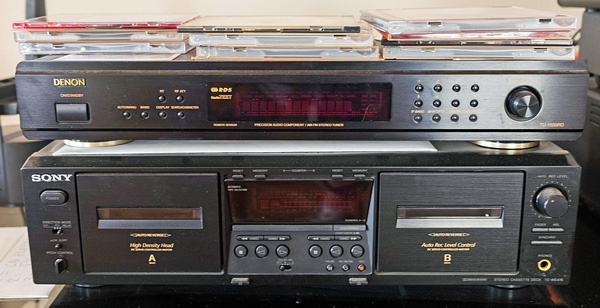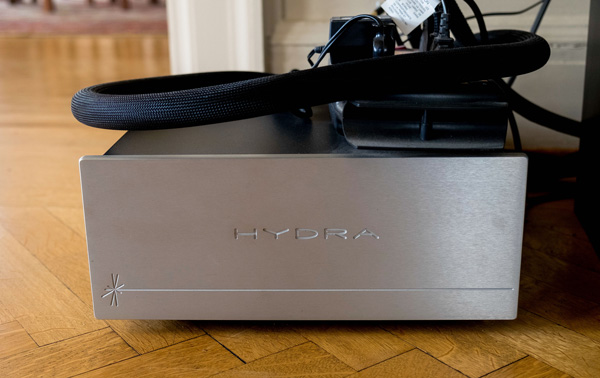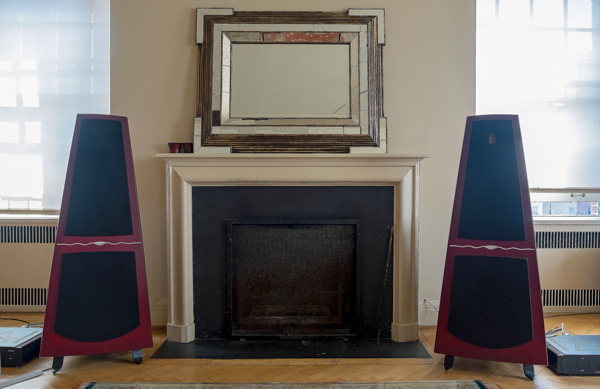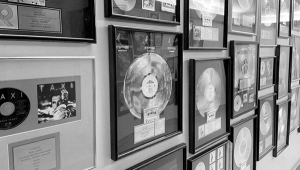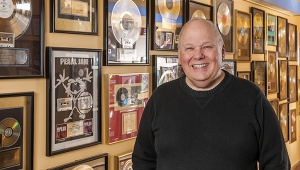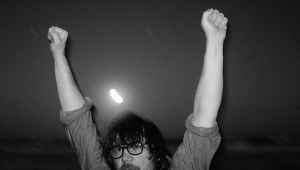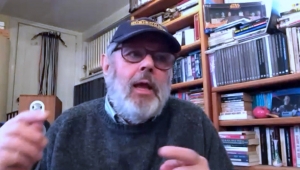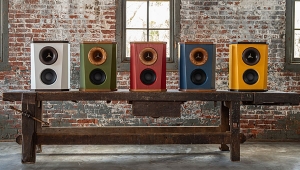| Columns Retired Columns & Blogs |
That was fascinating and a lot of fun. First jazz album I ever bought was KOB, just out of curiosity. Slowly became a jazz fan over the years and I have numerous recordings with Carter. There has to be a lot of this meeting that was edited out and I would respectfully suggest publishing a part 2. I would love to hear if he has any feelings about whether digital or analog recordings better capture his sound, or if he simply has a playback preference.
